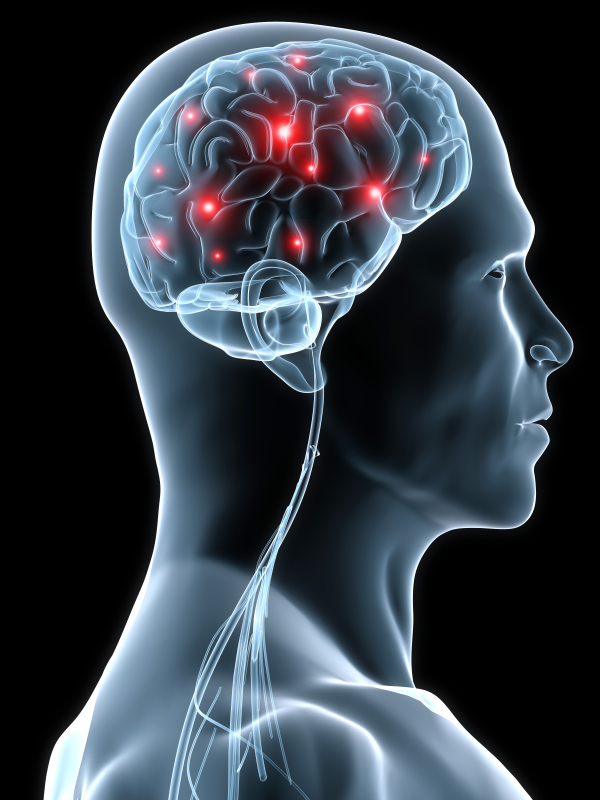AARP Hearing Center
For those of you who follow AARP Illinois on Facebook, you may have noticed our "Train Your Brain" posts on Fridays. They are some of our most popular posts. People just seem to love brain games! So I thought I would dedicate this week's health care post to a few fun brain facts, compliments of our friends at BrainHQ. Kudos to author MacLean Fitzgerald for providing these facts!

Although the brain accounts for only 2% of the whole body’s mass, it uses 20% of all the oxygen we breathe. A continuous supply of oxygen is necessary for survival. A loss of oxygen for 10 minutes can result in significant neural damage.
2. When it’s dark, your peripheral vision works better than front-on (“foveal”) vision.
At night, our peripheral vision is better than our foveal (straight on) vision. Hikers at night do better when they look slightly above the trail, and airplane pilots are taught to look for traffic out of the sides of their eyes. This is because our rod cells, photoreceptors that respond best to dim light, are located mostly in the periphery of the retina.
3. Babies lose half of their neurons at birth.
It is estimated that a baby loses about half their neurons before they are born. This process is sometimes referred to as pruning and may eliminate neurons that do not receive sufficient input from other neurons.
4. You have more than a trillion glial cells in your brain, which account for over 90% of the cells in the brain. More numerous—but less glamorous—than neurons are the brain’s glial cells, also called glia. About 90% of the cells in the brain are glial cells. (There are probably more than one trillion of them in the average human brain!) Glial cells might be thought of as servants to the neurons—they make myelin to protect neurons and speed transmission, dispose of dead neurons, provide nutrition for neurons, repair injured neurons, and support neurons in many other ways. About the only thing they don’t do is ferry impulses around.
5. In order to see something, an image must cross the retina three times.
Because receptors (rods and cones) are at the back of the retina, an image actually passes through the retina three times: as light to the receptor cells (back); as neural signals through the initial visual processing of the retina (forward); as neural signals via the optic nerve to the brain (back again).
6. There are thousands of miles of nerve cells in the brain.
There are one hundred billion neurons in the brain. A stack of one hundred billion pieces of paper would be about 5000 miles high, the distance from San Francisco to London.
7. The brain itself can’t feel pain.
There is no sense of pain within the brain itself. This fact allows neurosurgeons to probe areas of the brain while the patient is awake. Feedback from the patient during these probes is useful for identifying important regions, such as those for speech, that are spared if possible.
8. Your brain uses 20% of your body’s blood.
Approximately 20% of the blood flowing from the heart is pumped to the brain. The brain needs constant blood flow in order to keep up with the heavy metabolic demands of the neurons. Brain imaging techniques such as functional magnetic resonance imaging (fMRI) rely on this relationship between neural activity and blood flow to produce images of deduced brain activity.































































